
Pakistani Kurta for Ladies
A Timeless Blend of Tradition and Modern Style
Introduction
The Pakistani kurta for Ladies holds a special place in women’s fashion. Not only is it an iconic piece of clothing, but it also embodies cultural significance, reflecting the rich traditions of Pakistan’s textile history. For generations, women across the region have worn this versatile garment, blending style with cultural pride. Today, the kurta is an essential wardrobe staple, offering a variety of designs that cater to both tradition and modern trends.
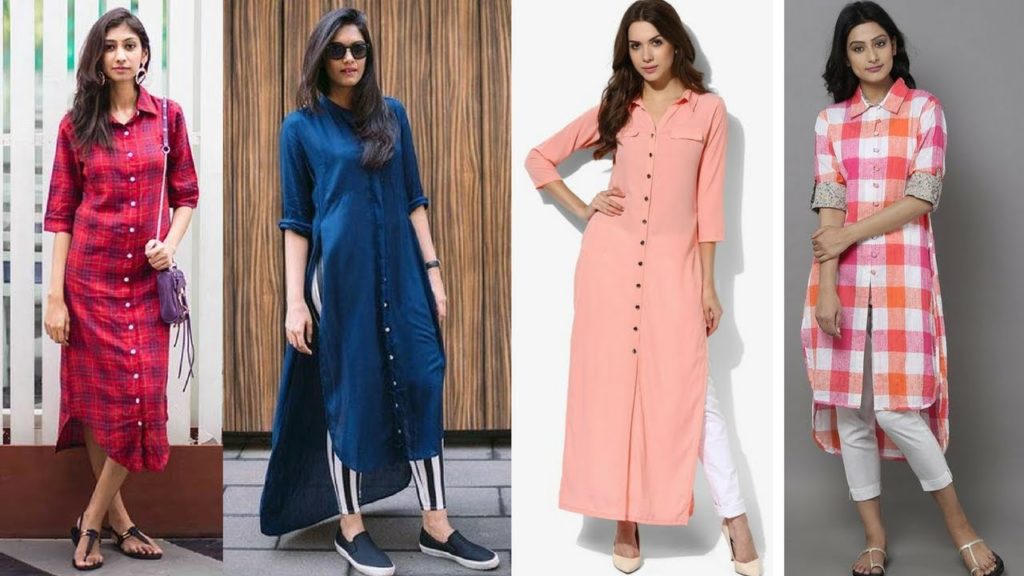
This article will explore the heritage, variety, and evolving trends of the Pakistani kurta for ladies, showcasing how this timeless garment has adapted to contemporary fashion.
Origins of the Pakistani Kurta
The introduction of Persian and Mughal styles during the medieval period added rich embroidery, complex patterns, and new tailoring methods to the garment. Pakistani kurta for Ladies After the formation of Pakistan, the kurta began to incorporate more localized artistic elements, becoming a symbol of cultural identity and evolving into what we now recognize as the Pakistani kurta.
Traditional Features of the Pakistani Kurta
The beauty of a traditional Pakistani kurta lies in its simplicity and elegance. It is designed to be comfortable yet stylish, making it perfect for everyday wear and special occasions alike. The traditional features that set the Pakistani kurta apart include:
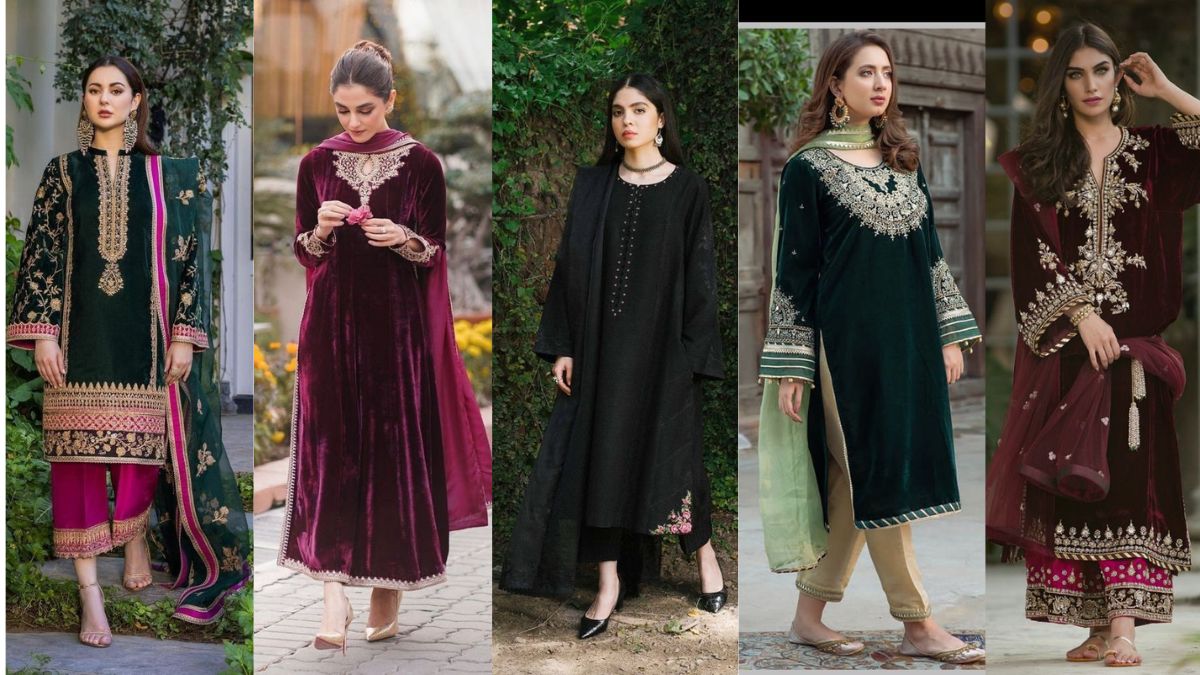
Neckline Design:
The neckline is often the focal point of a kurta, adorned with embroidery, embellishments, or buttons. Classic styles include round, V-neck, or keyhole necklines, but variations abound, adding flair to each piece.
Sleeves:
Full-length sleeves are the traditional choice for Pakistani kurtas, although shorter sleeves or three-quarter sleeves are also common today. Embellishments like lace or embroidery along the sleeves add a touch of sophistication.
Hemlines:
The hem of a Pakistani kurta is typically straight and falls anywhere from the knee to the ankle. In modern designs, asymmetrical hemlines are also popular, lending a contemporary edge to the traditional cut.
Fabrics:
Cotton, lawn, chiffon, and silk are commonly used for kurtas, depending on the season and occasion. Lightweight fabrics such as lawn and cotton are perfect for hot weather, while silk and chiffon are often chosen for formal events.
Regional Variations of the Pakistani Kurta
Pakistan’s diverse regions have significantly influenced the styles of kurtas worn across the country. Each province boasts distinct styles, fabrics, and embellishment techniques, reflecting local cultural traditions.
Punjabi Kurtas:
Known for their vibrant colors and lively floral patterns, Punjabi kurtas often feature “Phulkari” embroidery. This region favors kurtas that are comfortable and casual, perfect for pairing with the traditional shalwar or churidar.
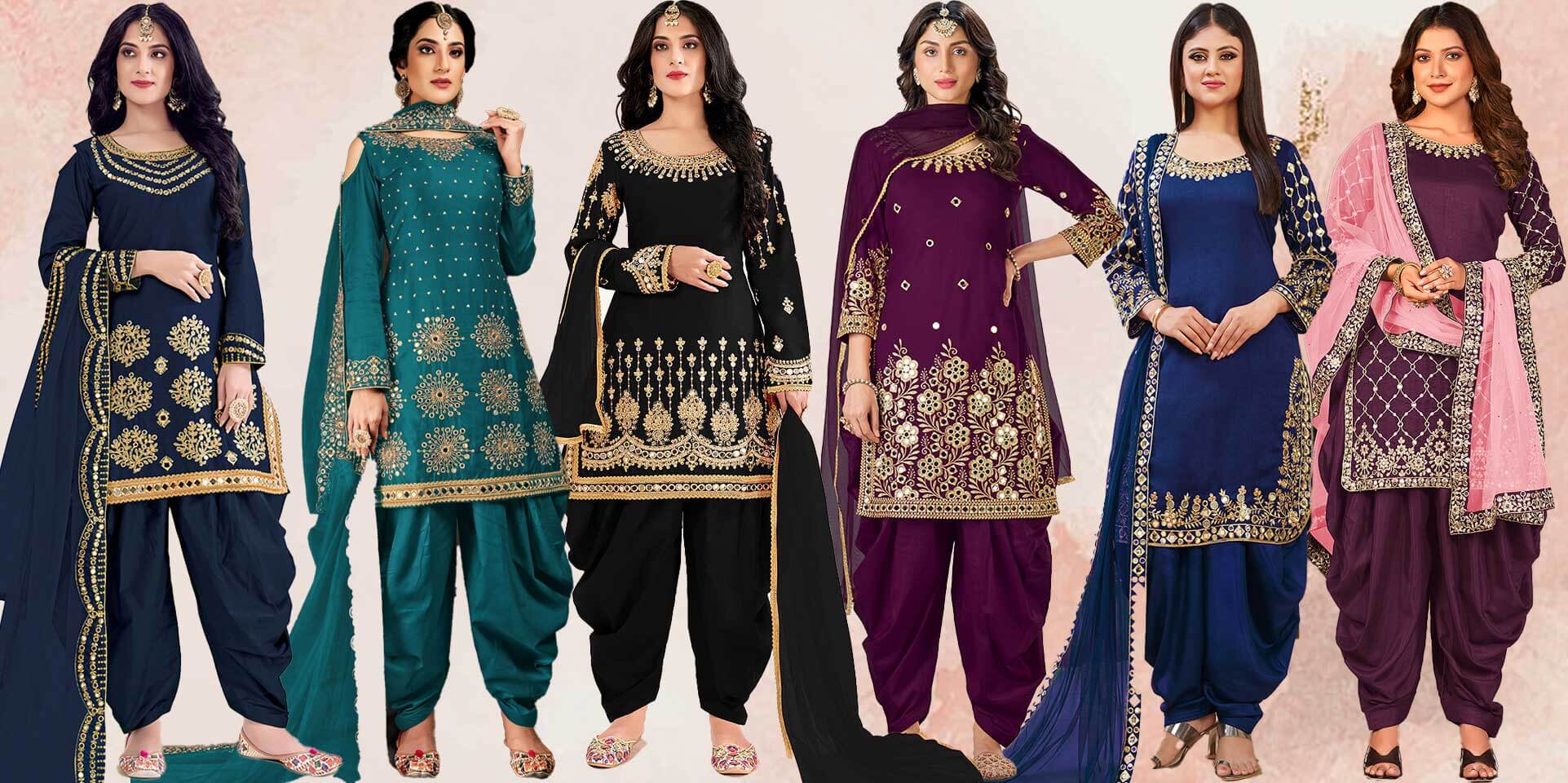
Balochi Kurtas:
Balochi kurtas are celebrated for their intricate embroidery and rich use of color. Often floor-length, they feature delicate beadwork, Pakistani kurta for Ladies offering an elegant and regal appearance, especially when worn on festive occasions.
Khyber Pakhtunkhwa Kurtas:
The kurta styles of Khyber Pakhtunkhwa are known for their simplicity and elegance. Made from high-quality fabrics like silk or linen, these kurtas feature minimal embroidery, with a focus on the cut and the quality of the material.
Modern Trends in Pakistani Kurtas
While traditional designs continue to inspire, modern Pakistani kurtas have undergone significant transformations to meet the tastes of contemporary women. Here are some of the most notable trends in modern-day kurtas:
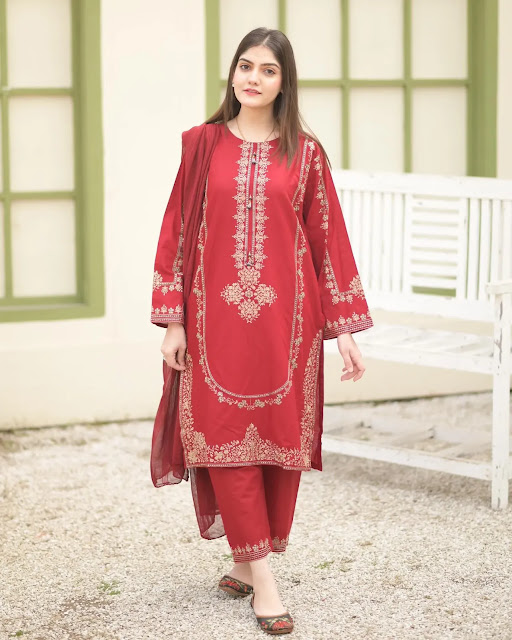
Short Kurtas:
Short kurtas, typically reaching the hips or just above the knees, have gained immense popularity. These kurtas pair effortlessly with jeans, leggings, or trousers, offering a comfortable yet stylish option for everyday wear.
Asymmetrical Cuts:
Asymmetrical hemlines have become a defining feature of modern kurtas, adding a fresh, dynamic look to the traditional straight cut. These designs are often paired with sleek pants or leggings for a contemporary vibe.
Formal Events:
For more formal events, opt for a silk or chiffon kurta adorned with embroidery, sequins, or beads. Pair it with fitted trousers or churidars and complete the look with statement jewelry and a matching dupatta.
Fusion Style:
For a chic fusion look, try wearing a short kurta with a pair of palazzo pants or a maxi skirt. You can also layer a kurta over a turtleneck during the colder months for a stylish, contemporary twist.
The Global Appeal of the Pakistani Kurta
The Pakistani kurta has gained international recognition due to its elegance and versatility. With its unique blend of tradition and modernity, Pakistani kurta for Ladies the kurta has found its way into the wardrobes of women all over the world. Fashion designers, both in Pakistan and abroad, have embraced this timeless piece, incorporating it into global fashion trends while maintaining its cultural essence.
The kurta’s comfort, flexibility in design, and ability to be dressed up or down make it an appealing choice for women from various cultural backgrounds. Whether it’s for casual wear or a formal occasion, the kurta’s adaptability ensures that it remains a popular choice across the globe.
The Future of the Pakistani Kurta
As fashion continues to evolve, the Pakistani kurta is expected to retain its prominence in both traditional and modern wardrobes. With increasing focus on sustainable fashion, many designers are leaning towards eco-friendly fabrics and ethical production methods, ensuring the kurta remains a fashion staple for generations to come.
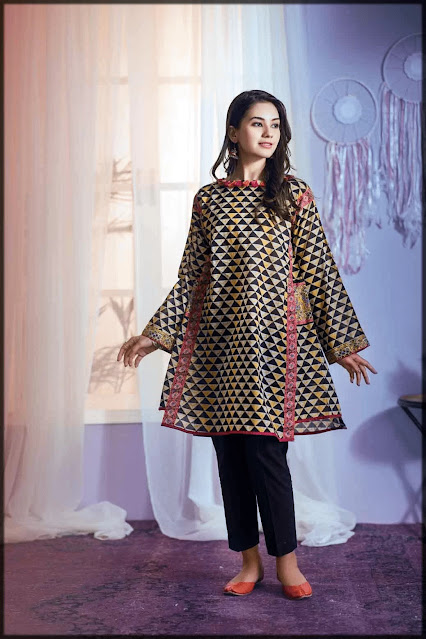
Conclusion
At the same time, the global reach of digital platforms has made it easier for Pakistani fashion to reach new audiences, paving the way for continued innovation in kurta design. Pakistani kurta for Ladies Whether it’s through regional craftsmanship or contemporary interpretations, the kurta remains a testament to the rich cultural history of Pakistan and its relevance in the modern world.
The Pakistani kurta, with its rich heritage and ability to adapt to modern fashion trends, remains a beloved piece of clothing for women worldwide. Whether styled traditionally or with a modern twist, the kurta offers endless possibilities for those who wear it, making it a timeless and versatile garment.






